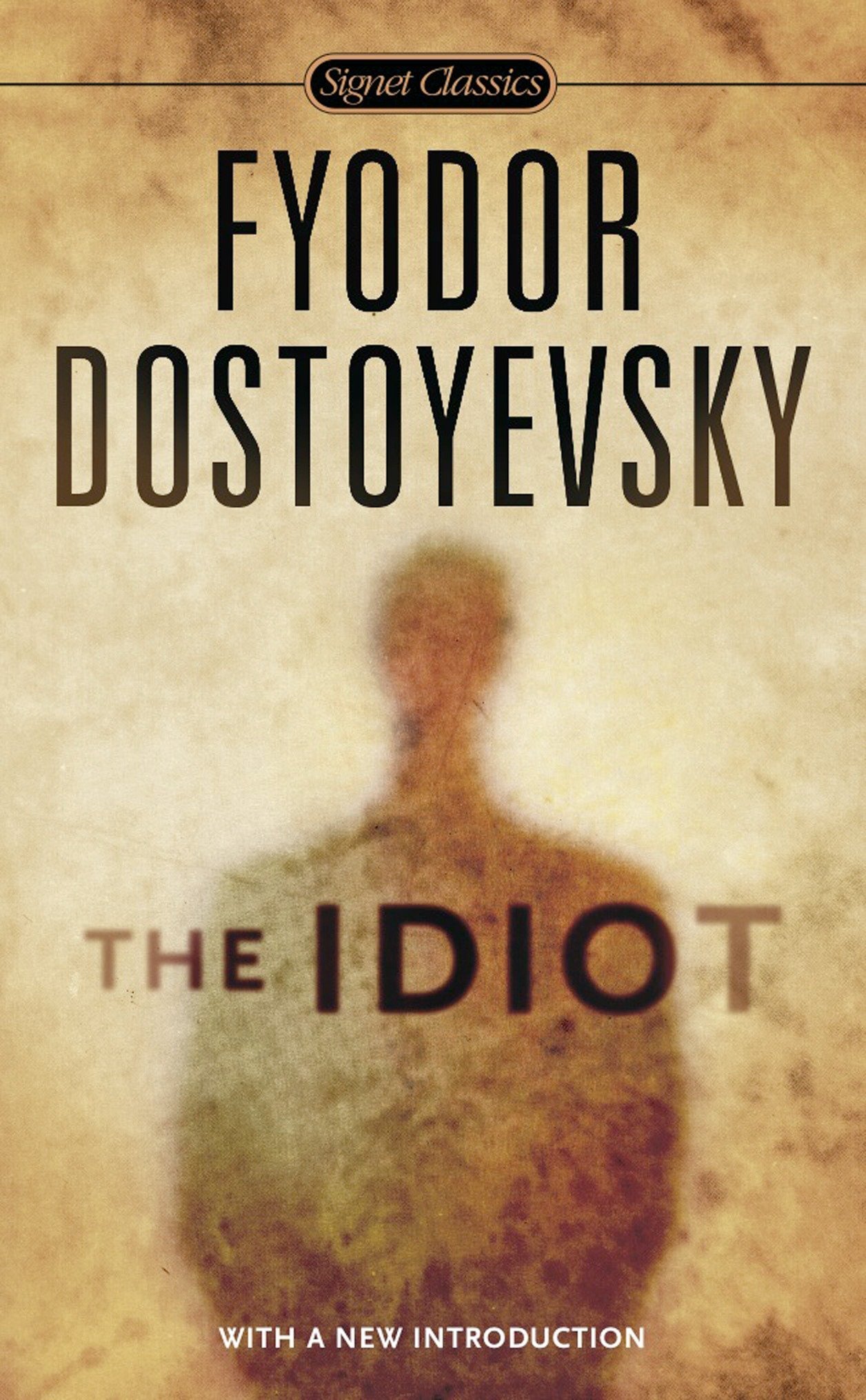By Fyodor Dostoyevsky
“The Idiot” by Fyodor Dostoevsky is a masterpiece of Russian literature. The novel explores themes of love, faith, morality, and human nature. It employs various literary devices such as symbolism, irony, and character foils to convey its powerful message. The story of Prince Myshkin, a man struggling to navigate the complexities of society and relationships, is both thought-provoking and captivating.
Themes 📚
- The search for true human connection and love in a world driven by societal norms and expectations
- The struggle between emotion and reason, particularly in the protagonist’s struggle to navigate his own mental illness
- The tension between different classes and cultures in society, particularly between the aristocracy and the lower classes
- The corrupting influence of power and wealth, and the toll it takes on those who pursue it
- The idea of redemption and the possibility of moral regeneration, even in the face of societal pressures and personal weaknesses.
Use of Literary Devices ✍🏽
Examples of Literary Devices 📋
| Example | Explanation |
|---|---|
| The first meeting between Myshkin and Rogozhin | The initial meeting between the two characters foreshadows the conflict and rivalry that will develop throughout the novel. |
| Nastasya’s portrait | The portrait of Nastasya that Myshkin first sees foreshadows her role as a central figure in the story and her impact on the lives of the other characters. |
| Myshkin’s epileptic seizure | Myshkin’s seizure early in the novel foreshadows the impact his illness will have on the story and his relationships with the other characters. |
| Example | Explanation |
|---|---|
| The titular “idiot” | The term “idiot” as applied to Myshkin symbolizes the conflict between the protagonist’s inherent goodness and the corruption of the society around him. |
| The yellow passport | The yellow passport that Nastasya receives symbolizes her social ostracism and the challenges she faces as a result of her past. |
| Rogozhin’s knife | Rogozhin’s knife symbolizes the potential for violence and destruction that exists within the novel’s characters and their relationships. |
| Example | Explanation |
|---|---|
| Myshkin’s “idiotic” nature | The irony of Myshkin being called an “idiot” is that, despite his naivete and social awkwardness, he possesses a deep understanding of human nature and a strong moral compass. |
| Nastasya’s desire for self-destruction | Nastasya, a beautiful and alluring woman, ironically seeks self-destruction, contributing to the tragic nature of the novel. |
| The society’s perception of Myshkin | The high society that surrounds Myshkin ironically considers him to be foolish and simple, when in fact he is the moral center of the story. |
| Example | Explanation |
|---|---|
| The “dark room” | The “dark room” that Rogozhin takes Myshkin to represents the oppressive atmosphere that pervades their relationship and foreshadows the tragic events to come. |
| The descriptions of St. Petersburg | The vivid descriptions of St. Petersburg throughout the novel serve to highlight the decadence and moral decay of the society in which the characters live. |
| Nastasya’s portrait | The striking image of Nastasya’s portrait underscores her beauty and the power she holds over the other characters in the novel. |
- Motifs
| Example | Explanation |
|---|---|
| The theme of doubles | The novel frequently employs the motif of doubles, as seen in the parallel stories of Myshkin and Rogozhin, as well as the love triangle between Myshkin, Nastasya, and Aglaya. |
| Money | Money is a recurring motif in the novel, representing both the corrupting influence of wealth and the power dynamics that exist between characters. |
| Illness and suffering | Illness and suffering, both physical and emotional, appear throughout the novel, often serving to highlight the struggles of individual characters and the larger societal issues they face. |
FAQs 💭
What are some of the literary devices used in “The Idiot”?
Dostoevsky employs various literary devices such as irony, symbolism, foreshadowing, and flashbacks to convey his themes and develop his characters.
What is the significance of the use of irony in “The Idiot”?
Irony is a crucial device used in “The Idiot” to convey the author’s message about society and human nature. It is used to highlight the hypocrisy and contradictions of the characters and society.
How does Dostoevsky use symbolism in “The Idiot”?
Dostoevsky uses symbols such as the epilepsy of the protagonist, Prince Myshkin, to represent his spiritual purity and moral goodness. Similarly, the dark and chaotic nature of St. Petersburg symbolizes the corruption and moral decay of society.
What is the role of foreshadowing in “The Idiot”?
Foreshadowing is used to build tension and create suspense in the novel. It hints at future events and creates a sense of anticipation in the reader.
How do flashbacks contribute to the development of the characters in “The Idiot”?
Flashbacks are used to reveal the past experiences and traumas of the characters, which shape their personalities and motivations. They provide a deeper understanding of the characters and their actions.
What is the significance of the use of stream of consciousness in “The Idiot”?
Dostoevsky uses stream of consciousness to provide insight into the internal thoughts and emotions of the characters. It allows the reader to experience the subjective reality of the characters and understand their motivations.
How does Dostoevsky use repetition in “The Idiot”?
Repetition is used to emphasize key ideas and themes in the novel. It creates a sense of continuity and reinforces the importance of certain concepts.
What is the role of imagery in “The Idiot”?
Imagery is used to create vivid and sensory descriptions of the setting and characters in the novel. It allows the reader to visualize the scenes and characters more vividly.

